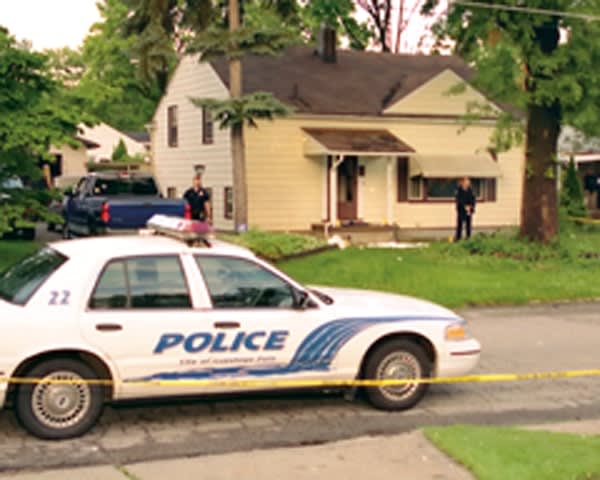Pozza notes that he would have preferred engaging the suspect with a shotgun: The distance between them would have been optimal for accuracy and some .00 buck impact. But he didn't have one available at the time, and he still hasn't gotten back into the habit of deploying a shotgun.
The first thought that went through Pozza's mind with the suspect's initial round wasn't even to return fire, but to get to cover. He knew that this would not only offer personal protection, but would also establish a clear tactical advantage over the suspect who'd marooned himself on the porch without cover.
The pickup in the driveway afforded Pozza a means of cover, a metal barrier that would absorb incoming rounds and provide concealment. Also, darting for it meant that Rhoten would have to fire at a moving target, a difficult shot even for a more accomplished marksmen, especially when under fire.
While Pozza knew that Reynolds had returned fire, in the instance when he'd ducked down and momentarily lost sight of the suspect, he considered the possibility that the suspect might try to move around the pickup truck to take another shot at him. Pozza was immediately relieved that Reynolds had pinned the man down on the porch.
Pozza says that after Reynolds had engaged the suspect and he looked back over the rear of the pickup truck, he immediately recognized three things: The suspect was still alive; he still hadn't dropped the gun; and he wasn't giving up. Pozza's logical thought progression dictated one survival response: Continue to engage.













